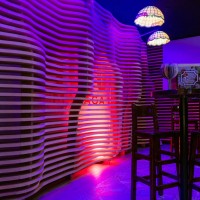
Cheers from the heart of Malaga!
24 March 2016
29 October 2015
The Camper exhibition, curated by Pete Collard and Anniina Koivu, is now being hosted at the Vitra Design Museum, the temple of famous designers ( May 13 to November 1, 2015), celebrating forty years of the Spanish brand. The exhibition is “fitting” testimony to the object value of footwear. In addition to presenting different models of shoes designed by famous stylists and designers who have marked the path of the company, Camper creates commercial spaces around the world signed by famous designers such as Marti Guixe, Nendo, Jaime Hayon, Campana Brothers, Fernando Amat, Doshi & Levine and Thomas Alonso.
In addition to presenting the various models, the exhibition tells the history of the company which began in 1877, when founder Antonio Fluxà set sail for England to investigate new methods of industrial production, and goes on to investigate the potential future of the way of walking, exploring how technological and sociological developments can change the experience of walking.
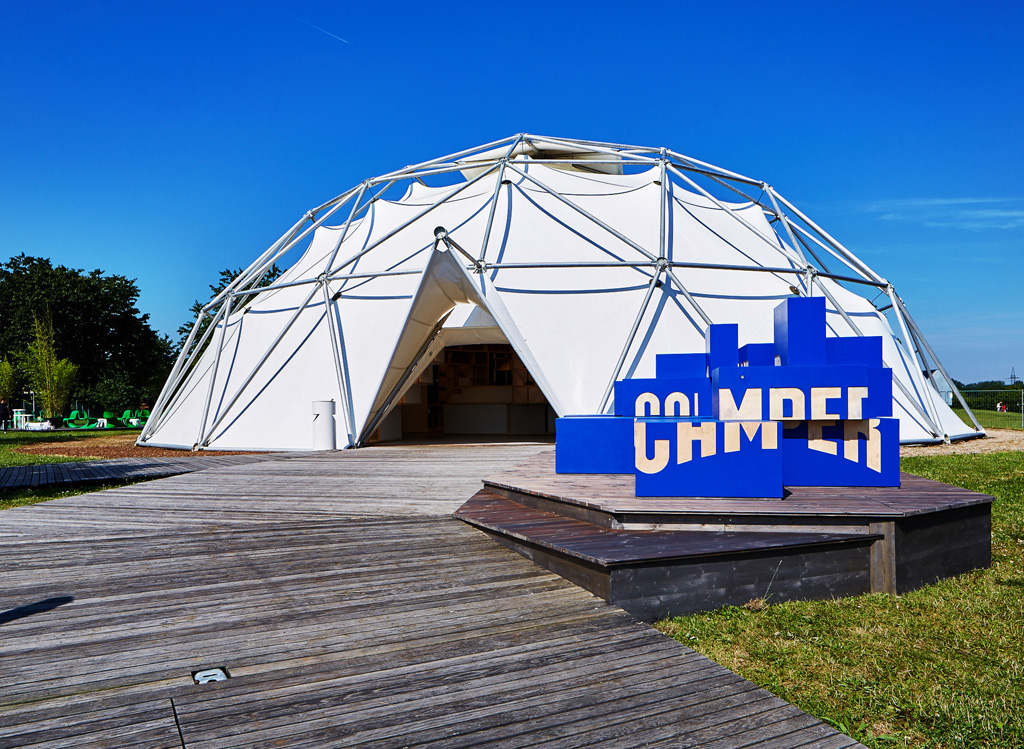
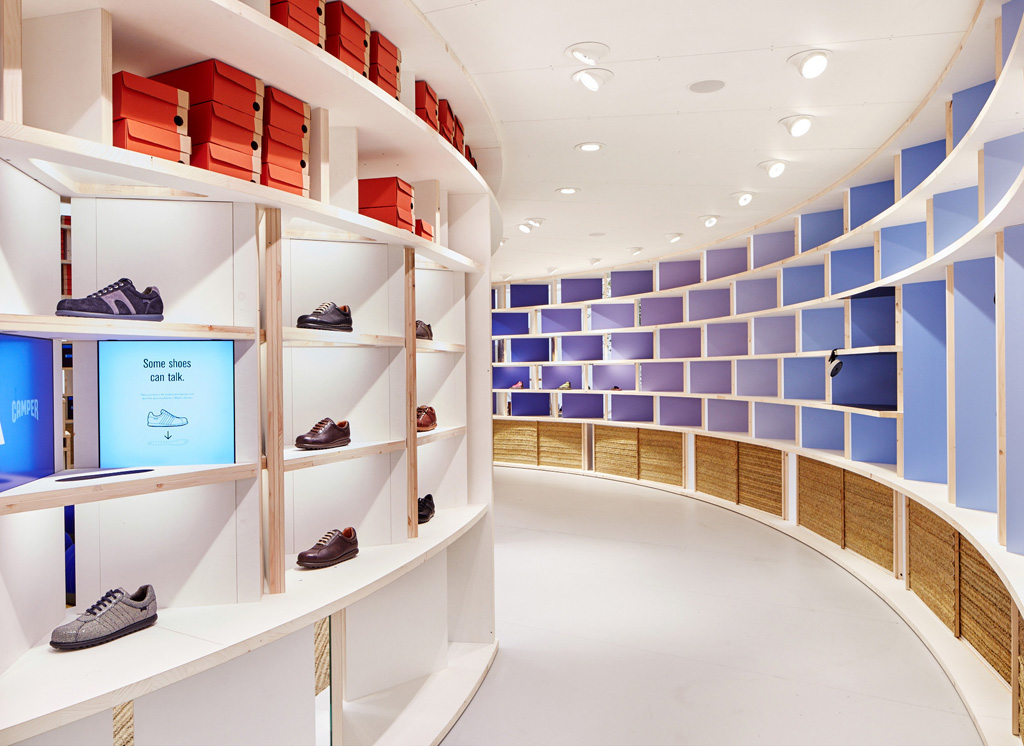
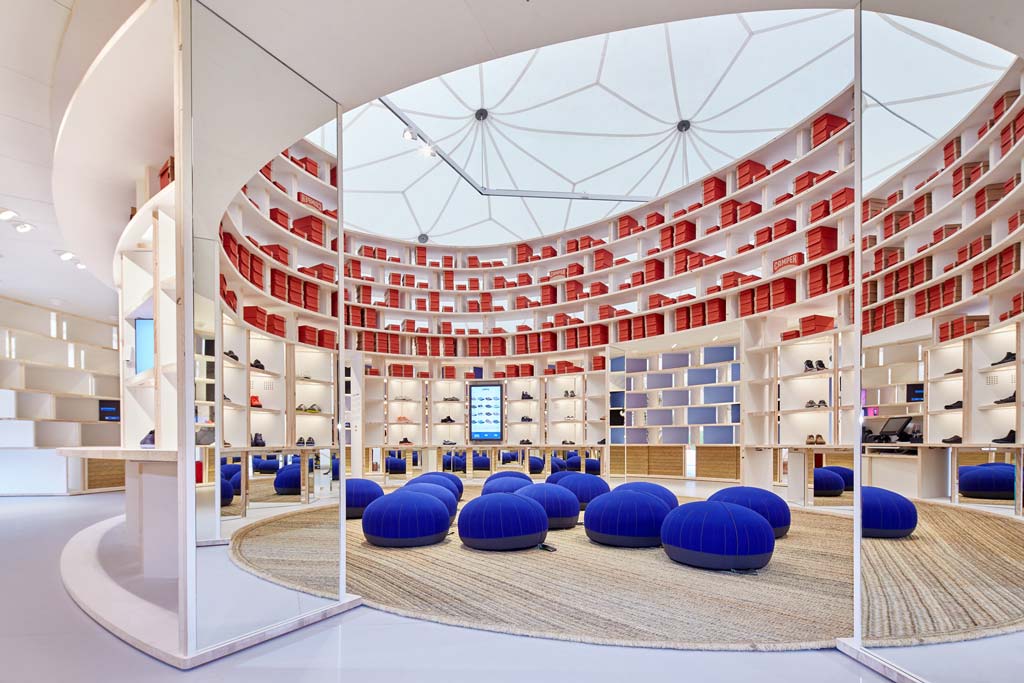
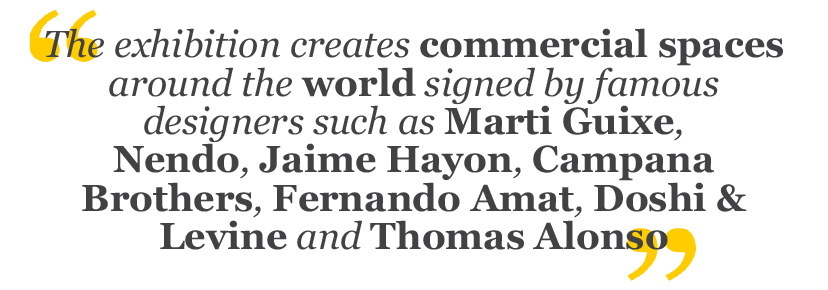
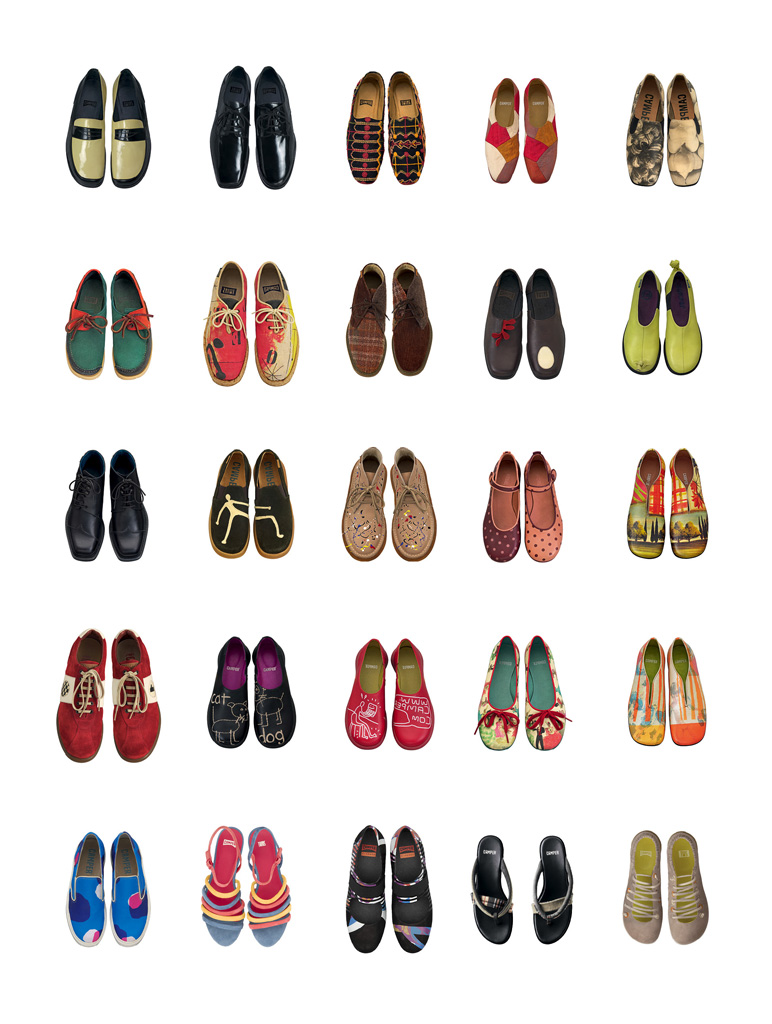
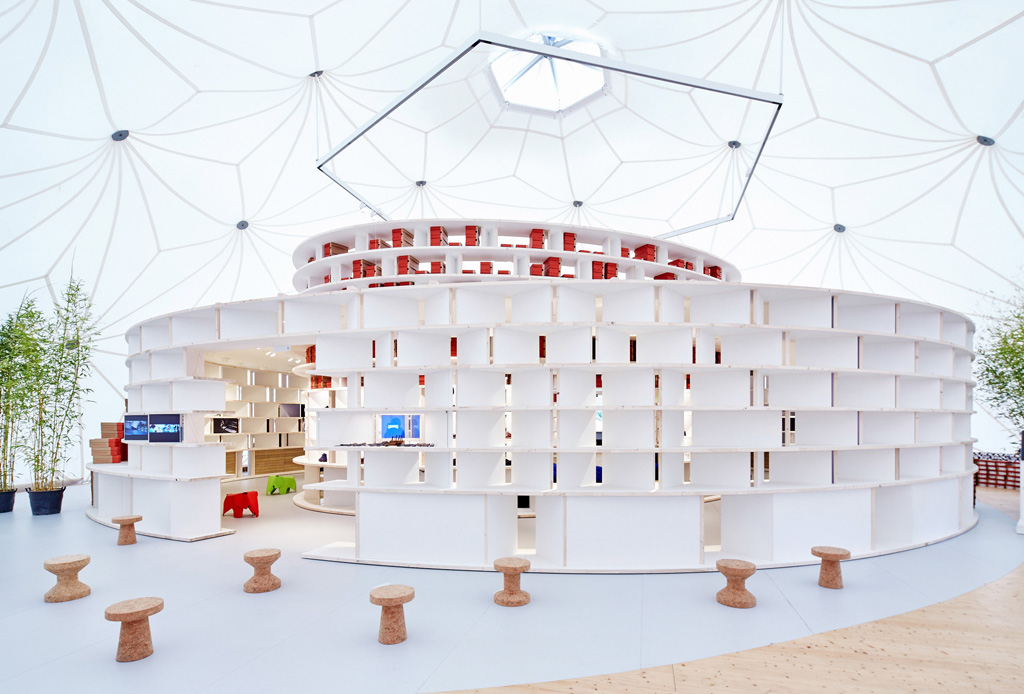
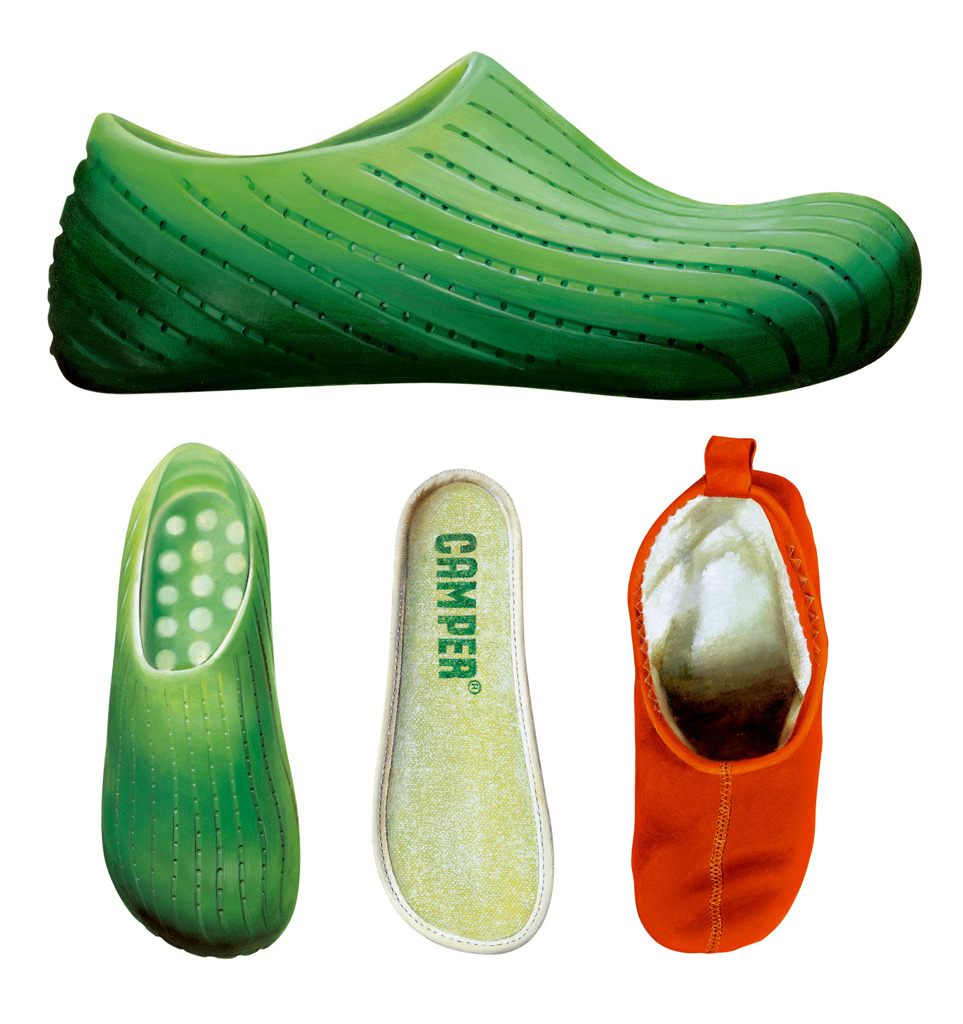

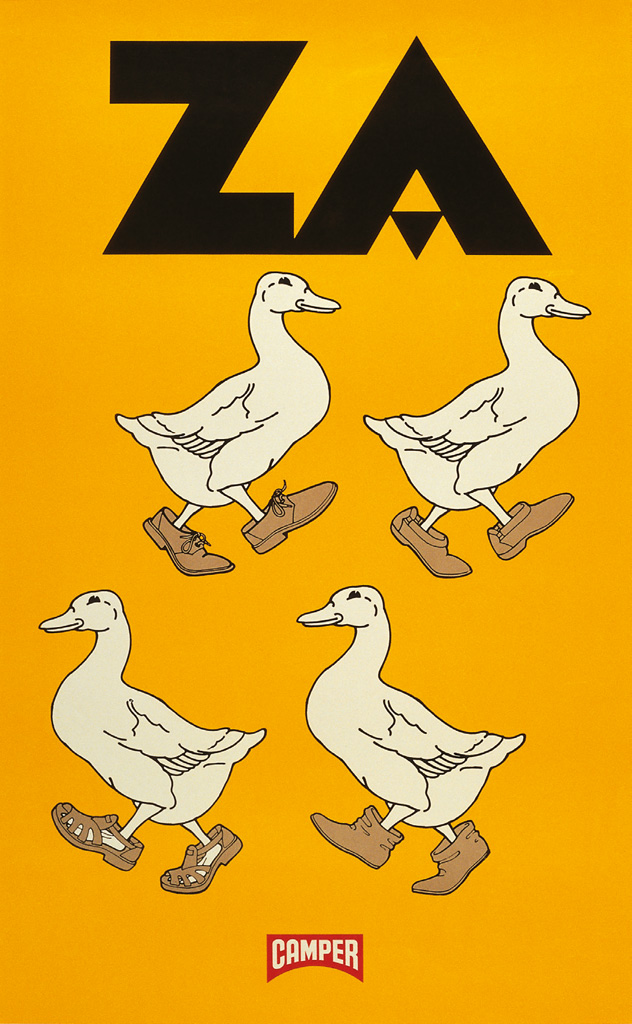
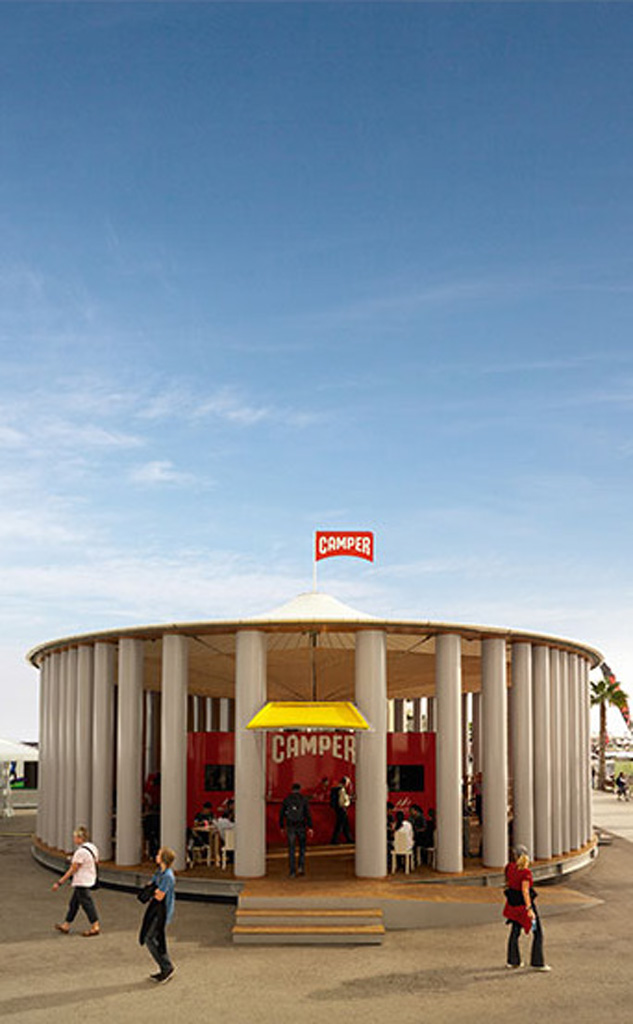
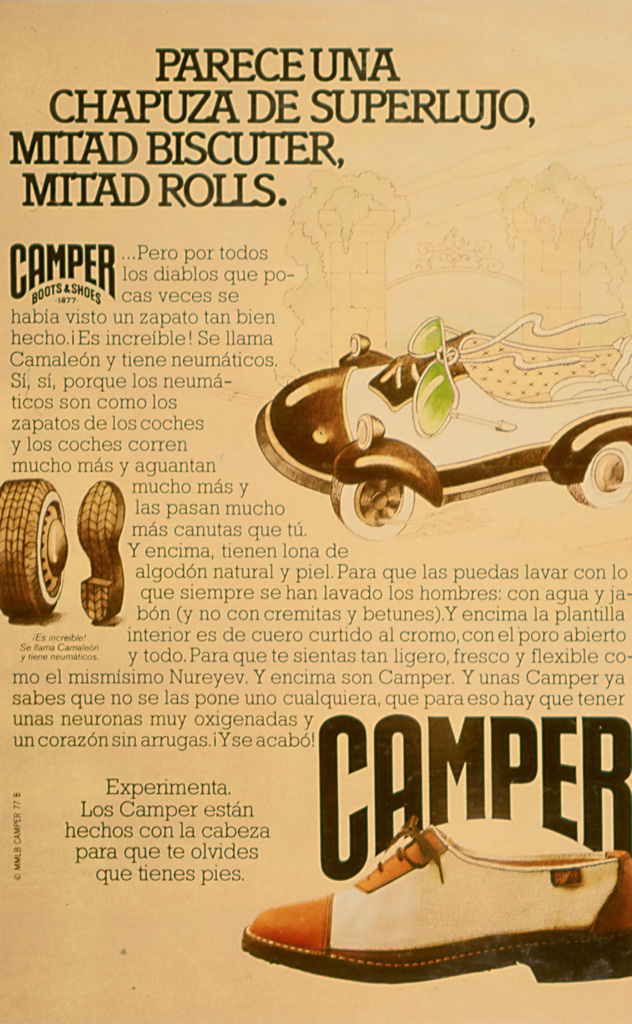
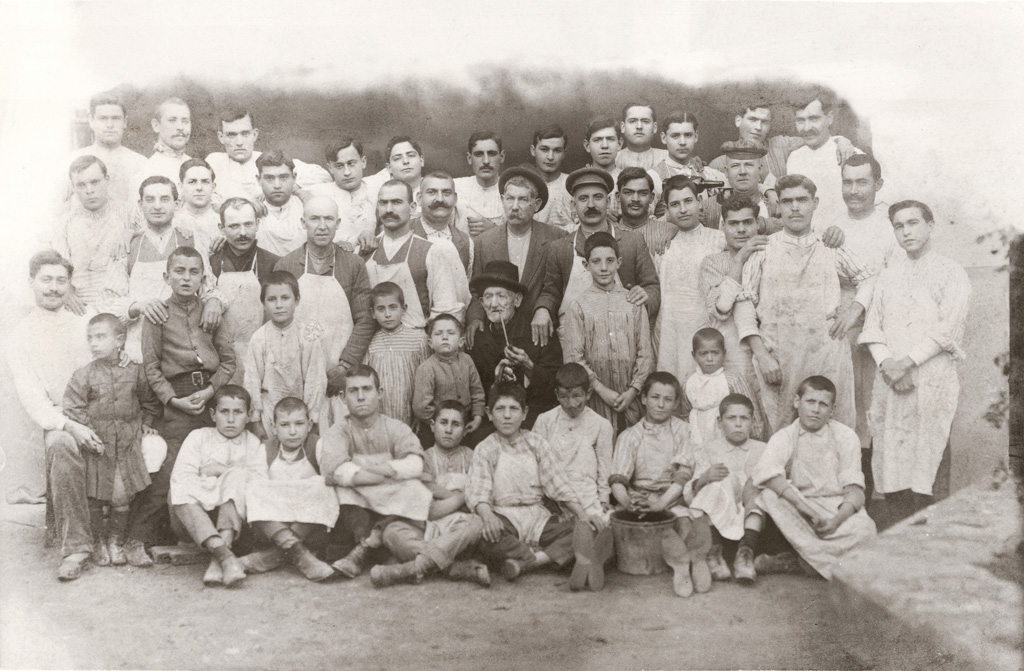
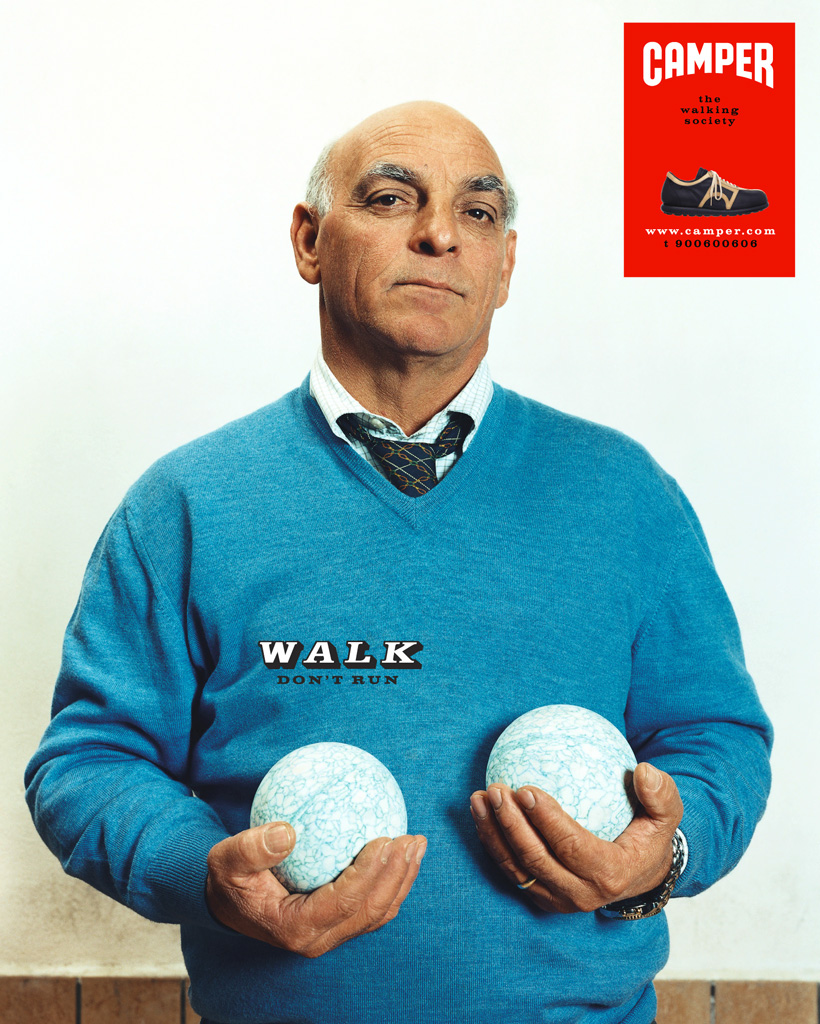
WHERE: Vitra design museum – Charles-Eames-Straße 2, 79576 Weil am Rhein, Germania
The Camper exhibition, curated by Pete Collard and Anniina Koivu, is now being hosted at the Vitra Design Museum, the temple of famous designers ( May 13 to November 1, 2015), celebrating forty years of the Spanish brand. The exhibition is “fitting” testimony to the object value of footwear. In addition to presenting different models of shoes designed by famous stylists and designers who have marked the path of the company, Camper creates commercial spaces around the world signed by famous designers such as Marti Guixe, Nendo, Jaime Hayon, Campana Brothers, Fernando Amat, Doshi & Levine and Thomas Alonso.
In addition to presenting the various models, the exhibition tells the history of the company which began in 1877, when founder Antonio Fluxà set sail for England to investigate new methods of industrial production, and goes on to investigate the potential future of the way of walking, exploring how technological and sociological developments can change the experience of walking.

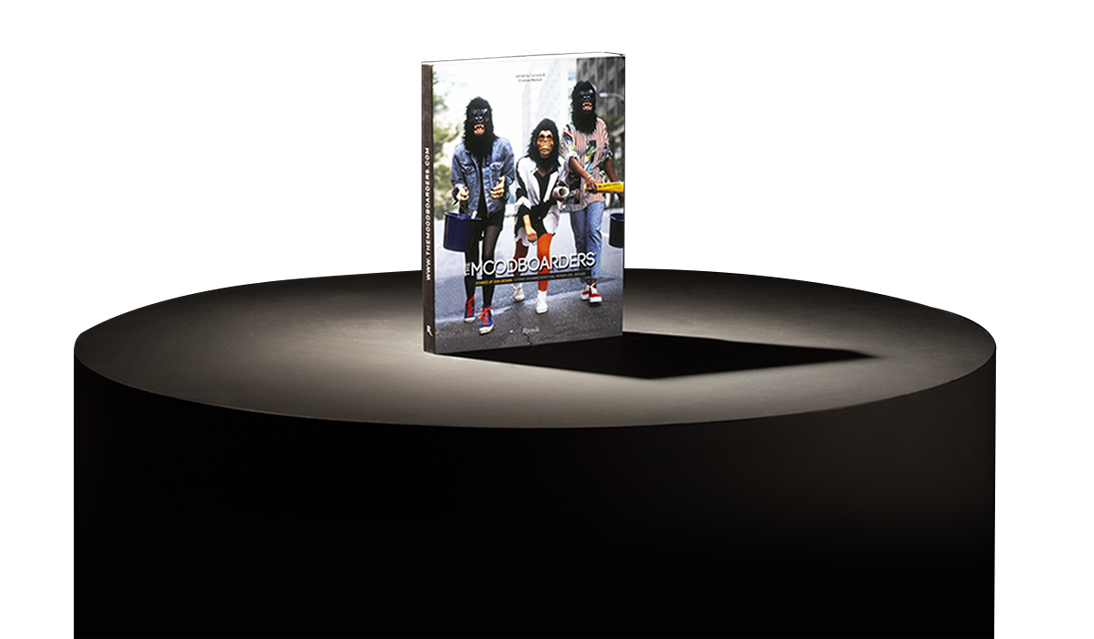

The Moodboarders is a glance into the design world, which, in all of its facets, captures the extraordinary even within the routine. It is a measure of the times. It is an antenna sensitive enough to pick-up on budding trends, emerging talents and neglected aesthetics. Instead of essays, we use brief tales to tune into the rhythm of our world. We travelled for a year without stopping, and seeing as the memory of this journey has not faded, we have chosen to edit a printed copy. We eliminated anything episodic, ephemeral or fading, maintaining a variety of articles that flow, without losing the element of surprise, the events caught taking place, and the creations having just bloomed.